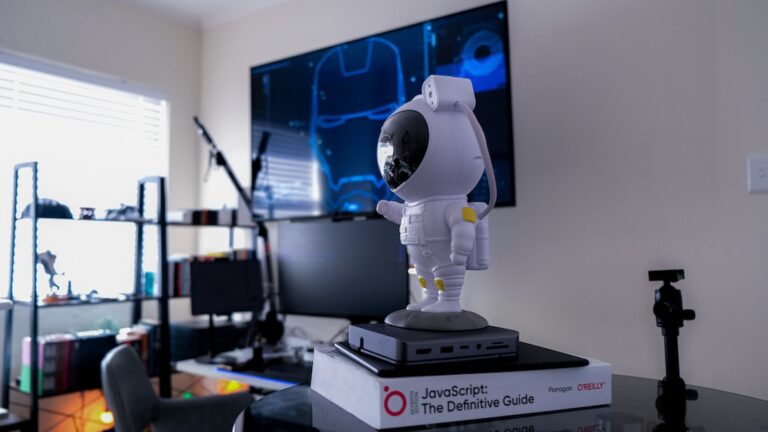Java, as a robust and versatile programming language, offers a plethora of features, including polymorphism and inheritance. However, with these features come certain challenges, one of which is the java.lang.ClassCastException. This exception is encountered when an attempt is made to cast an object to a type it doesn't belong to. In this guide, we'll delve deep into the causes, common sources, and solutions to this exception.
Understanding the Cause of java.lang.ClassCastException
Type casting is a fundamental concept in Java, allowing one type to be converted into another. However, the object-oriented nature of Java means that a parent class reference variable can represent a child class object. This can lead to ClassCastException if the object being cast is not of the expected type.
Consider the following example:
Object imObject = new String();
Integer i = (Integer) imObject;This code snippet will result in a ClassCastException because we're trying to cast a String object into an Integer object, which is not permissible.
Common Triggers of java.lang.ClassCastException
There are several scenarios in Java that commonly lead to this exception:
- Java Collection Classes Without Generics: Using classes like
HashMap,ArrayList,Vector, orHashtablewithout generics can be a source of this exception. - Polymorphic Methods Without Type Safety: Methods designed for polymorphic behavior and coded on interfaces without using parameters for type-safety can also lead to this exception.
Some frequently encountered instances of this exception include:
- Casting a
Stringobject toInteger:java.lang.classcastexception java.lang.string cannot be cast to java.lang.integer - Casting a
StringtoDate:java.lang.classcastexception java.lang.string cannot be cast to java.util.date - Casting an
ArrayListtoString:java.lang.classcastexception java.util.arraylist cannot be cast to java.lang.string
Addressing the java.lang.ClassCastException
Addressing the ClassCastException is straightforward once you grasp the nuances of polymorphism in Java. Here are steps to resolve it:
- Examine the Stack Trace: The stack trace provides a clear indication of where the exception occurred. Advanced Java IDEs like Eclipse and Netbeans offer hyperlinks to navigate directly to the problematic line in the Java file.
- Identify the Object Type: Determine the type of object that was being cast. This will give you insights into why the exception occurred.
- Use Generics: Generics provide a way to ensure type safety. By using generics in Collection classes and other relevant places, you can significantly reduce the chances of encountering a
ClassCastException.
Best Practices to Avoid java.lang.ClassCastException
For software engineers, full-stack developers, frontend developers, and professionals in developer-related fields, it's imperative to adopt best practices to avoid running into the java.lang.ClassCastException. Here are some strategies to ensure your code remains free from this exception:
1. Using Generics
Generics were introduced in Java 5 to provide type safety, especially when working with collections. By using generics, you can ensure that you're only adding the correct type of objects to your collections, thus eliminating the risk of ClassCastException.
List<String> stringList = new ArrayList<String>();
stringList.add("Hello"); // Correct
// stringList.add(123); // Compile-time error2. Use the instanceof Operator
Before casting, check if an object is an instance of a particular class using the instanceof operator. This can prevent unnecessary casting and potential exceptions.
if (object instanceof String) {
String str = (String) object;
}3. Refactor and Simplify Code
Complex code structures with multiple nested conditions and loops can make it challenging to track object types. Regularly refactoring your code to make it simpler and more readable can help in identifying and preventing potential casting issues.
4. Continuous Testing
Regularly test your code, especially after making significant changes. Unit tests can help catch ClassCastException scenarios, ensuring that they're addressed before reaching the production environment.
5. Use IDE Features
Modern IDEs like IntelliJ IDEA, Eclipse, and NetBeans offer features that can detect potential casting issues. Make use of these features to get warnings and suggestions to improve your code.
6. Stay Updated
Java is an evolving language. With each new version, there are enhancements and new features that can help in writing better and safer code. Stay updated with the latest Java practices and incorporate them into your development process.
Conclusion
The java.lang.ClassCastException is a runtime exception that arises due to incorrect type casting. By understanding its causes, being aware of common triggers, and employing solutions like using generics, developers can ensure smoother and more efficient Java applications.


